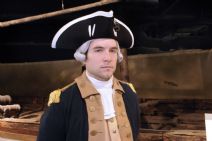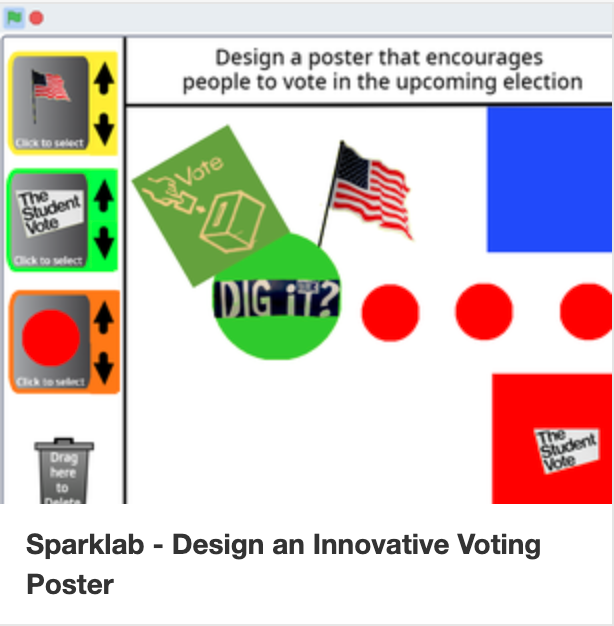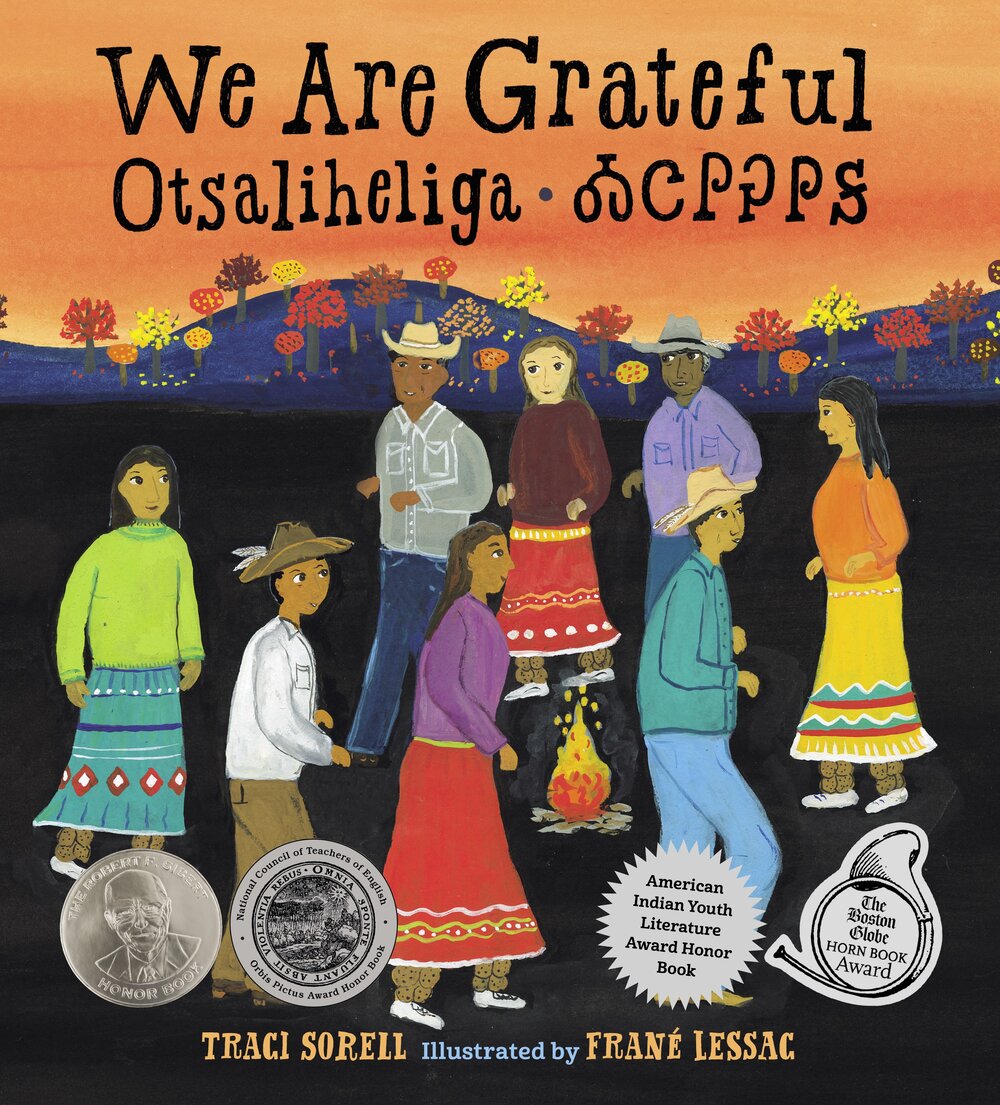As COVID-19 deaths spiked in 2020, Suzanne Firstenberg’s public art installation "In America: How could this happen…"
Interactives & Media

Grade Range:
5-8
Resource Type(s):
Interactives & Media, Worksheets
Duration:
20 minutes
Date Posted:
11/19/2010
In this episode of the History Explorer podcast series, curator Rayna Green discusses the history of Thanksgiving, American Indian foodways, and what how and what we eat can teach us about American history. The teacher guide includes discussion questions and a student worksheet.

Grade Range:
5-8
Resource Type(s):
Interactives & Media, Worksheets
Duration:
13 minutes
Date Posted:
12/31/2010
In this episode of the History Explorer podcast series, Ken Kimery, Executive Producer of the Smithsonian Jazz Masterworks Orchestra, discusses the career of jazz musician Mary Lou Williams and the value of studying jazz in American history. The teacher guide includes discussion questions an

Grade Range:
5-8
Resource Type(s):
Interactives & Media
Duration:
9 minutes
Date Posted:
6/18/2012
In this episode of the History Explorer podcast series, Ken Kimery, executive director of the Smithsonian Jazz Masterworks Orchestra, discusses the importance of the Jazz Oral History Project. Ken explains the history of the program and its importance, as well as gives some tips about how to cond

Grade Range:
5-12
Resource Type(s):
Interactives & Media
Date Posted:
9/4/2020
Spark!Lab is a hands -on invention studio in the Smithsonian's National Museum of American History. Spark!Lab activities communicate that invention is a process, rather than a single “Aha!” moment; provide visitors with opportunities to explore the invention process and their own inventiveness;

Grade Range:
5-12
Resource Type(s):
Interactives & Media
Duration:
22 minutes
Date Posted:
1/25/2010
In this series of five short videos, students can watch a museum theater presentation. During the presentation, a fictional composite character from 1960 is conducting a training session for people interested in joining a student sit-in to protest racial segregation. The student speaks abou

Grade Range:
5-12
Resource Type(s):
Interactives & Media, Lessons & Activities
Duration:
135 minutes
Date Posted:
8/3/2012
In this lesson, students will examine the difference between history and memory by debating the legacy of Benedict Arnold. Using video clips of an actor playing Arnold, students are invited to debate his actions and determine how history should remember him.

Grade Range:
5-12
Resource Type(s):
Interactives & Media
Date Posted:
9/4/2020
Spark!Lab is a hands -on invention studio in the Smithsonian's National Museum of American History. Spark!Lab activities communicate that invention is a process, rather than a single “Aha!” moment; provide visitors with opportunities to explore the invention process and their own inventiveness;

Grade Range:
5-12
Resource Type(s):
Reference Materials, Primary Sources, Interactives & Media
Date Posted:
5/11/2012
This website features the diary of Civil War nurse, Amanda Akin. In April 1863, Akin left her home in Quaker Hill, NY, to serve as a nurse at Armory Square Hospital in Washington, D.C. During her 15 months at Armory Square, Akin wrote long letters to her sisters and recorded her daily activities

Grade Range:
5-12
Resource Type(s):
Interactives & Media, Worksheets
Duration:
14 minutes
Date Posted:
1/22/2010
In this episode of the History Explorer podcast series, learn about the invention of this fascinating instrument as Exhibition Program Manager Monica Smith discusses the history of the guitar and those involved in its creation. The Teacher’s Guide includes links to the podcast in two formats an

Grade Range:
5-12
Resource Type(s):
Interactives & Media
Date Posted:
9/4/2020
Spark!Lab is a hands -on invention studio in the Smithsonian's National Museum of American History. Spark!Lab activities communicate that invention is a process, rather than a single “Aha!” moment; provide visitors with opportunities to explore the invention process and their own inventiveness;



















